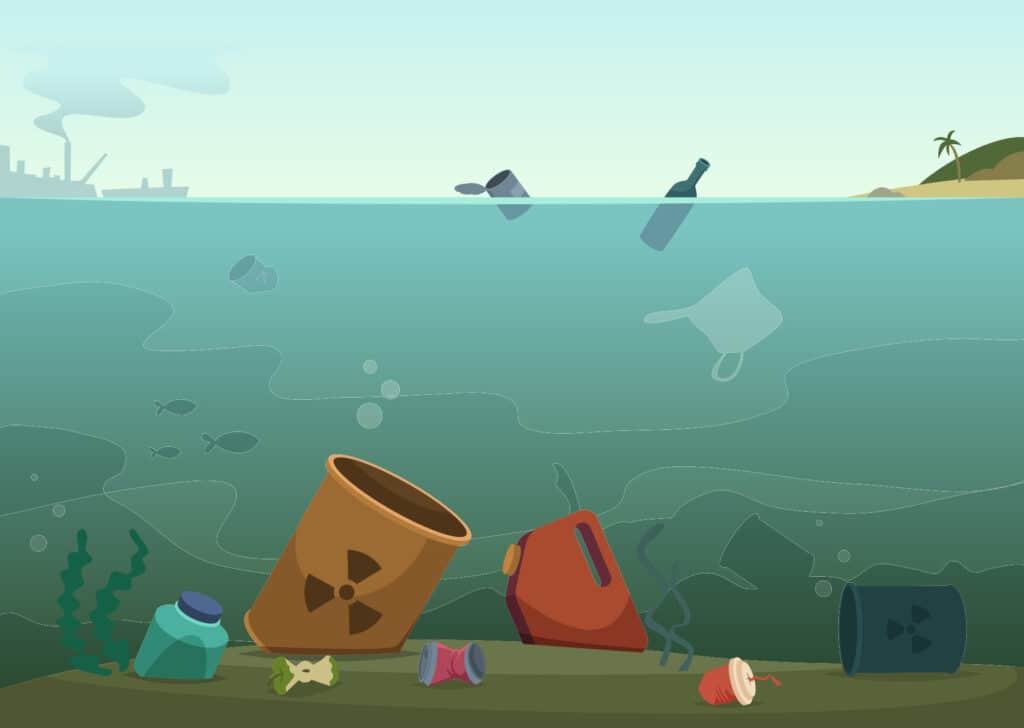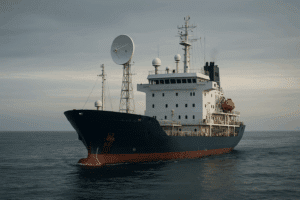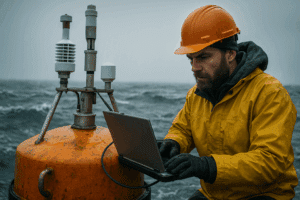As one of Earth’s most precious natural resources, water is a fundamental element of life (be it in human, animal, or plant form.) It is also part of our bodies: we are made up of 70% water. Drinking water is essential to our survival — in fact, humans can live up to 21 days with no food, but up to two months just by drinking water! Humans have also equated good health to drinking good quality water because of the many benefits and nutrients we get from it. However, water is a finite resource and only a small portion is safe to drink, so without monitoring systems in place, poor and contaminated water quality will only lead to a rise in health conditions and environmental hazards for the public and the planet.
So, what makes the water quality good?
Good water quality is determined by its “lack of impurities,” that is, lack of contaminants. Water pollution can occur when physical or chemical contaminants enter the water source, thus becoming a potential risk for human health and even transmitting several dangerous diseases. Water that has little to no pollution (since contaminants in small amounts pose no threat to our health) is considered to be of good quality and rendered safe to drink. It can even be beneficial to our health too.
What are the benefits of drinking good quality water?
Drinking water is already important for our health, but good quality water can have an even greater impact. Water prevents the body from dehydrating, which can have both mental and physical consequences. Drinking water also improves our skin condition, enhances physical performance and brain function, and gives us more energy, while at the same time flushing out toxins and bacteria through the bladder. It also helps in dealing with hangovers and headaches, as well as depression and productivity. Additionally, water contains various nutrients known as electrolytes, such as calcium, magnesium, potassium, and sodium, that help with several body functions.
How does water get contaminated?
There are several sources of water pollution. Contaminants can enter the water supply at any given time, be it directly into the water source, at facility treatment plants, or the distribution systems. Humans play a large role in it too, as it is mainly their interference that can affect the natural composition of water at any moment during the treatment process, which leads to water contamination.
Other sources of pollution can be waste discharged directly into the water supply coming from factories, sewage overflows, and runoffs from farmlands and cities. Airborne emissions, like smoke and fog, can also contaminate water sources.
What are the main water contaminants?

The main water contaminants can either be chemical, physical, biological, or radiological.
Chemical pollutants can occur naturally or are caused by men; they can be pesticides, metals, nitrogen, bleach, and salts, among others. On the other hand, physical contaminants result from rock or soil sediments or suspended material in rivers, streams, and lakes. Biological contaminants are the bacteria, viruses, or parasites present in the water supply. Lastly, radiological pollution can occur due to chemicals with an unstable nature that can emit ionizing radiation, such as plutonium and uranium. Other chemicals, such as lead, can leak into the water supply when plumbing materials such as pipes and tubes get corroded or cracked.
Also, in some parts of the world, there are insects that live or breed in open containers or pools of dirty water, through which they carry and transmit potentially deadly diseases.
What are the consequences of poor water quality?
Drinking poor water quality can lead to the transmission of any disease such as cholera, diarrhea, dengue, dysentery, hepatitis A, typhoid, and polio. Mismanagement or inappropriate treatment of the urban, industrial, or agricultural water supply can affect the public’s quality of life as it exposes them to dangerous health risks. Plants and the animal kingdom can also see themselves affected by contaminated water as they need this resource as much as humans to survive.
Plants or animals that drank contaminated water can also have an indirect impact on people’s lives as we depend greatly on them as a source of food and nourishment.
Your environmental monitoring at your fingertips!
Optimize your environmental monitoring, become smarter and more sustainable with a unified system that gathers all your environmental sensors & data in one place.

How can we prevent poor water quality?
Countries and environmental organizations have developed systems that are responsible for monitoring water quality. Each system uses predetermined water quality standards to ensure that the water is safe for public consumption. In the United States, the regulatory agency is the Environmental Protection Agency (EPA), which sets the national drinking water standards on over 90 contaminants. In accordance with the Safe Drinking Water Act (SDWA), the EPA allows the different states’ health departments to establish and comply with water guidelines, while always keeping in line with the national standard.
On an international level, the United Nations has developed a program called the 17 Sustainable Development Goals, which are a series of targets that aim to create a more sustainable future. The sixth Goal, “Clean water and sanitation”, is about the need for universal and equitable access to safe and affordable drinking water, as most health issues occur due to inadequate access to clean water and from chemical contaminants.
Conclusion About How Good Quality of Water Impact Good Health
Good quality water means that it is not only safe for public consumption but also good for our health, as well as that of animals and plants, as it provides irreplaceable nutrients and benefits needed to survive. On the other hand, poorly treated water, filled with contaminants, leads to sickness and disease. Therefore, it is imperative that we keep monitoring our water sources and we continue implementing systems and programs that protect our planet’s natural resources. Environmental agencies and organizations, both on state and national levels, play a large part in this and they are working hard to create a more sustainable future, in which everyone is strong and healthy because they have access to clean and unpolluted drinking water.
Frequently Asked Questions About How Good Quality of Water Impact Good Health
The Environmental Protection Agency (EPA) is a United States’ federal agency that is tasked with issues that are related to environmental protection. It was established by President Nixon in July 1970 and has been working ever since, making sure that environmental laws passed by Congress are enforced as well as creating their own regulations and standards.
As defined by the UN: “sustainable development is the development that meets the needs of the present without compromising the ability of future generations to meet their own needs.” Sustainability aims to integrate environmental health, social equity, and economic vitality to maintain and preserve an ecological balance for current and future generations.
In line with the 2030 Agenda for Sustainable Development, they are described as “an urgent call for action by all countries, developing and developed, in a global partnership.” The Goals are: (1) no poverty, (2) zero hunger, (3) good health and well-being, (4) quality education, (5) gender equality, (6) clean water, (7) affordable and clean energy, (8) decent work and economic growth, (9) industry, innovation and infrastructure, (10) reduced inequality, (11) sustainable cities and communities, (12) responsible consumption and production, (13) climate action, (14) life below water, (15) life on land, (16) peace and justice strong institutions, and (17) partnerships to achieve the goal.
A water quality monitoring system is a process that monitors the quality of the water in relation to pollutants and toxins. The system is often an application that uses data and AI to produce key indicators that measure the number of contaminants present in the water.


